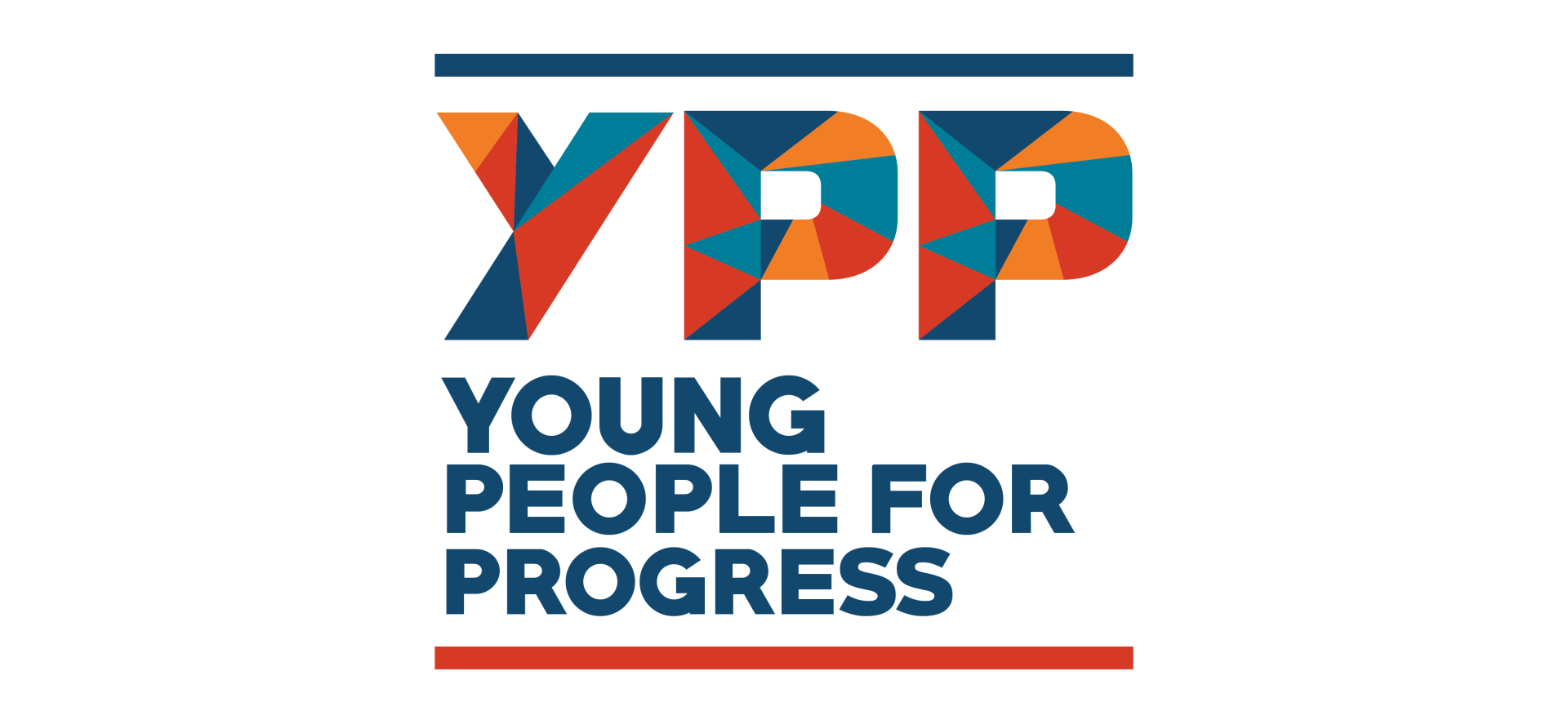Move Enforcement to Montgomery County Department of Transportation
Why Should We Remove Police From Traffic Enforcement? Something is not working: With nation-wide conversations on reimagining policing, Young People for Progress (YPP) believe there are better, less discriminatory ways to protect public safety on our streets. Despite decades of police presence in traffic enforcement, hundreds of people die in traffic crashes every year in Maryland. We can do better! By focusing resources downstream before traffic enforcement is needed, the County can make significant improvements to driver, bicyclist, and pedestrian safety. Doing more harm than good: Combined with the fact that police in traffic enforcement cannot police our streets every minute of every day, Montgomery County (MoCo) in particular, faces tremendous racial bias in police traffic enforcement. Black and Brown residents are more likely to pulled over, twice as likely to be given a traffic citation, and more than twice as likely to have police force used against them during a stop than white residents. This creates distrust among communities of color, making it even more difficult for police to do their job. It’s also just wrong!
What Are Our Alternatives?
Move enforcement to the Montgomery County Department of Transportation
YPP urges moving traffic enforcement duties from police to a civilian unit within the MoCo Department of Transportation (MCDOT). MCDOT would take on duties such as camera ticket enforcement and responding to crash incidents. We continue to advocate for as few traffic enforcement encounters as possible, as racial biases do not exist in only the police department.
Use more automated enforcement
YPP supports using more automated red light and speed cameras throughout the county. These efforts will reduce the need for traffic encounters while also significantly decreasing speeding and red light running. YPP would require new automated enforcement to be placed at high-crash locations and ensure they do not target minority communities. And according to the MoCo Office of Management and Budget (MoCo OMB), red light and speed camera costs are fully paid for by fees and fines generated by the cameras and would not increase net costs for Montgomery County.
How can police-free traffic safety keep us safer?
Moving responsibility for traffic safety and enforcement from the police to the department of transportation will:
- Reduce harm to drivers during traffic stops
- Reduce racial disproportionality of traffic stops
- Create more effective driver, cyclist, and pedestrian safety.
Minimizing traffic stops will also keep police and traffic patrols safer by reducing their risk of being struck by oncoming traffic, while moving traffic safety to MCDOT will unburden police and allow them to focus more exclusively on serious crime.
Bottom line: Moving traffic safety and enforcement to MCDOT will allow it to use a combination of street design, automated enforcement, and traffic patrols for more effective and less police-centered traffic safety.
Plan in Brief:
- No traffic stops for minor traffic violations.
- Unarmed Montgomery County Department of Transportation (MCDOT) patrols perform traffic stops for major traffic violations.
- Police may only perform a traffic stop when there is reckless, negligent, or imparied driving that poses clear and immediate danger to others.
- If an MCDOT traffic patrol performs a traffic stop in which there is clear evidence that a driver is committing a crime (e.g., drunk driving) they may call the police during or after the stop.
- A new traffic safety section of the MCDOT Division of Traffic Engineering and Operations will house MCDOT traffic patrols and the functions currently in the Police (MCP) Traffic Division.
Plan in Detail:
-
No traffic stops for minor traffic violations.List Item 1
-
Unarmed Montgomery County Department of Transportation (MCDOT) patrols perform traffic stops for major traffic violations.List Item 2
- MCDOT patrols may only perform traffic stops only for the big 5, as identified in the Vision Zero Report: (1) not wearing seat belts, (2) speeding and aggressive driving, (3) not yielding right of way, (4) impaired driving, and (5) distracted driving
- MCDOT traffic patrols still cannot: 1) arrest, 2) search or do pretextual stops, 3) use evidence in court, 4) have guns or other weapons
- MCDOT traffic patrols must be empowered to help and serve as a resource for drivers (e.g., give vouchers for transportation, etc.), so that they are seen as a benefit to the community.
-
Police may only perform a traffic stop when there is reckless, negligent, or impaired driving that poses clear and immediate danger to others.List Item 3
Police may not perform traffic stops for aggressive driving (which includes speeding and failing to yield, among other things, as defined in Maryland Code TRANSPORTATION TITLE 21-901.2) unless the driving is also reckless, negligent, or impaired (as as defined in sections of 21-901 that are not 21-901.2) and clearly poses immediate danger to others.
-
When an MCDOT traffic patrol performs a traffic stop in which there is clear evidence that the driver is committing a crime (e.g., drunk driving) they may call the police during or after the stop.List Item 4
-
A new traffic safety section of the MCDOT Division of Traffic Engineering and Operations will house MCDOT traffic patrols and the functions currently in the Police (MCP) Traffic Division
- MCDOT will minimize stops for major traffic violations as much as possible. This could include, road design, automated enforcement for speeding and traffic lights, and mailing tickets, reminders, or requests for service instead of stopping vehicles.
- MCDOT will use a combination of street design, automated enforcement, and traffic patrols for a more effective and less police-centered approach to traffic safety.
- MCDOT will do any and all motorists compliance work that does not violate criminal laws. This could include vehicle equipment related matters, and response to car crashes and debris on roads.

